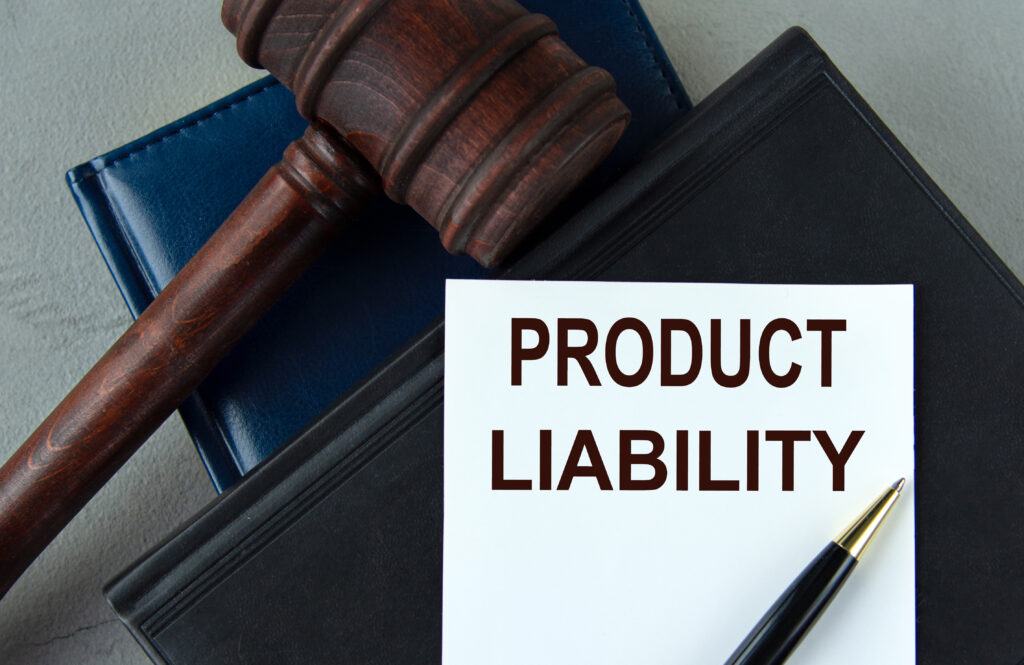Buying something that turns out to be faulty or harmful can be very frustrating. When a defective product causes injury or other serious problems, the company that made or sold it may need to pay for the trouble they have caused.
You can take legal steps if you have been harmed by a product that was poorly made, broken, or dangerous in some way. This article explains the basics of ‘product liability’ rules and how to build a case against irresponsible manufacturers.
Types Of Product Defects
Not all kinds of product defects may be qualified for a legitimate claim. There are three main categories of product defects in these legal cases:
- Manufacturing Defects: These happen when there’s a mistake during the production process, causing the product to have different specifications from what it was supposed to be. For example, if a bicycle’s pedal was improperly welded.
- Design Defects: If there’s a problem with how the product was originally designed, that may pose a danger when used. For example, a bicycle with wobbly wheels that make it difficult to balance.
- Marketing Defects: If the product significantly differs from what’s described in the advertisement. This happens when the manufacturer fails to provide proper labeling, instructions for use, or warnings about hidden risks associated with the product’s use.
How To Sue A Manufacturer For A Defective Product
The process of suing can be complex, so working closely with experienced liability lawyers such as the California product liability lawyers from investigation outset through trial is highly advisable in order to successfully sue a manufacturer over a defective product that caused you damages or injury.
Here’s a step-by-step guide on what to do:
Step 1: Gather Evidence – Collect records, documents, photos, videos, damaged products, and others, that show the defect, injury/harm, and link between them. Get evidence that you used the product normally. Medical records can show injury. Experts like doctors may be needed.
Step 2: Identify Defendants – When suing for a defective product, you must identify and name as defendants the manufacturer along with all other companies involved in parts making, design, distribution, and sale of the product.
Extensive research using legal tools, business records, and discovery documents is needed to uncover every party potentially responsible due to negligence contributing to flaws in development, production, or marketing checks.
Step 3: Prove Damages – Calculate and document evidence for monetary damages like medical bills, lost income, cost to fix/replace the damaged product, disability, or costs for pain and suffering caused directly by the defective product.
Step 4: Determine Liability Type – When filing a product liability lawsuit, you must determine which type of defect applies—a manufacturing flaw of just that single item, an overall dangerous design of the entire product line, or inadequate warnings and instructions that caused the harm.
Properly categorizing and building evidence around the particular defect type allows your lawyer to construct solid legal arguments for the root cause of the product failure leading to injury or damages.
Step 5: Contact A Product Liability Lawyer – Have a qualified personal injury or product liability attorney in your state evaluate the case’s merits. An expert lawyer knows the laws, process, timeline, and evidence rules to successfully build and prove a case against the defendant.
Step 6: File Lawsuit Paperwork – Work with your attorney to file the complaint or lawsuit paperwork within the statute of limitations deadline after the injury. This starts the litigation process toward settlement negotiations or trial.

A Case In Point On Product Liability Statute of Limitations: California
In the state of California, there is a two-year statute of limitations for filing product liability lawsuits seeking damages for injuries caused by a defective product. This means that once an injury occurs due to a product defect, the injured party has two years to file a claim against the manufacturer or seller.
The date when the product defect first became noticeable or manifested harmful symptoms sets off the two-year deadline to take legal action. For example, if a person develops a respiratory illness from using a defective cleaning product in March 2024, they must file a lawsuit against the company no later than March 2026.
Consulting quickly with a personal injury lawyer is vital in determining if a defective product case merits litigation and can meet this strict two-year statute of limitations deadline under California law.
Final Thoughts
Dealing with injuries, health issues, or other losses from a low-quality product is unfair. Companies should stand behind what they sell. By gathering solid proof and finding good legal help, consumers can hold faulty manufacturers accountable and seek rightful compensation. Equipped with this information on product liability rules, you can pursue justice if damaged by a defective product.

